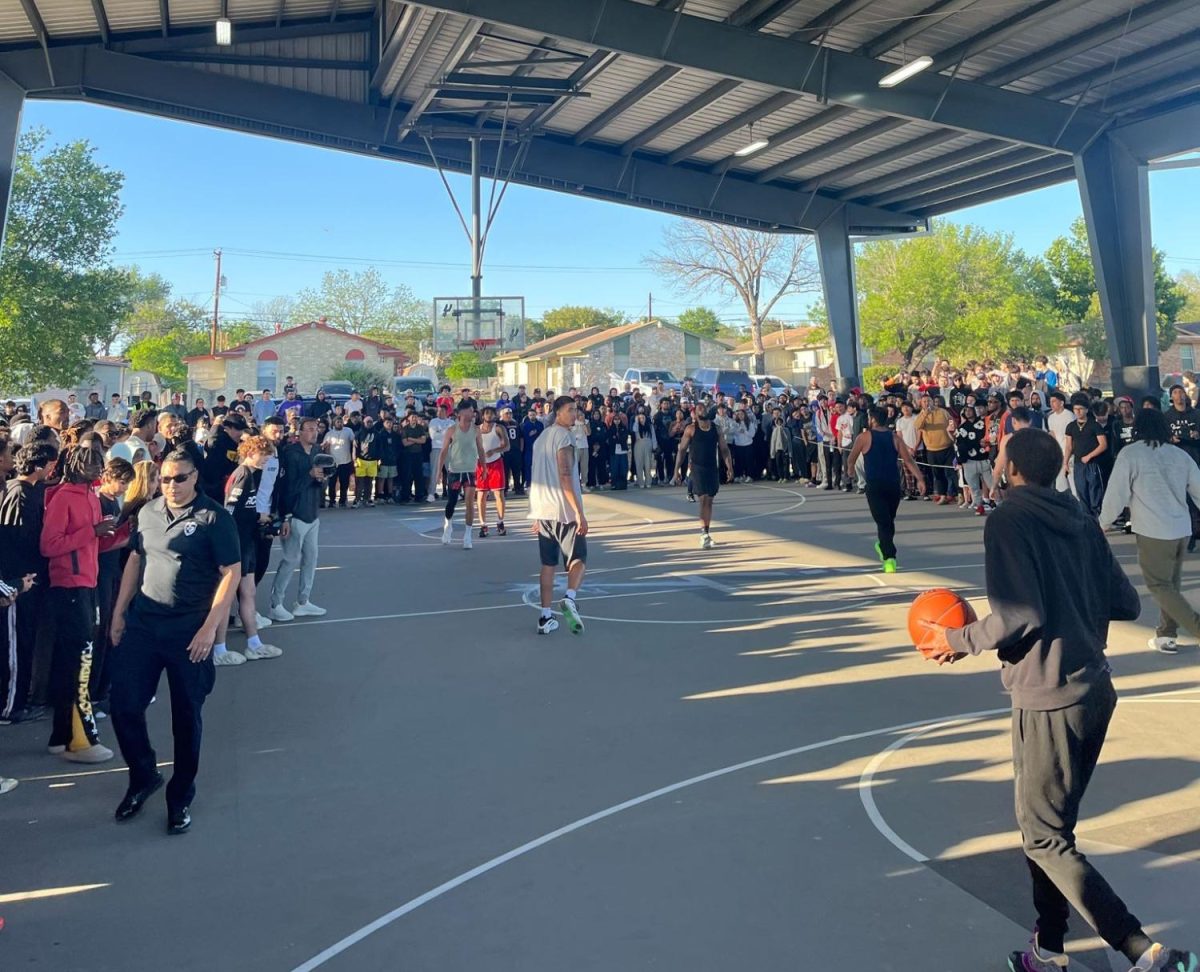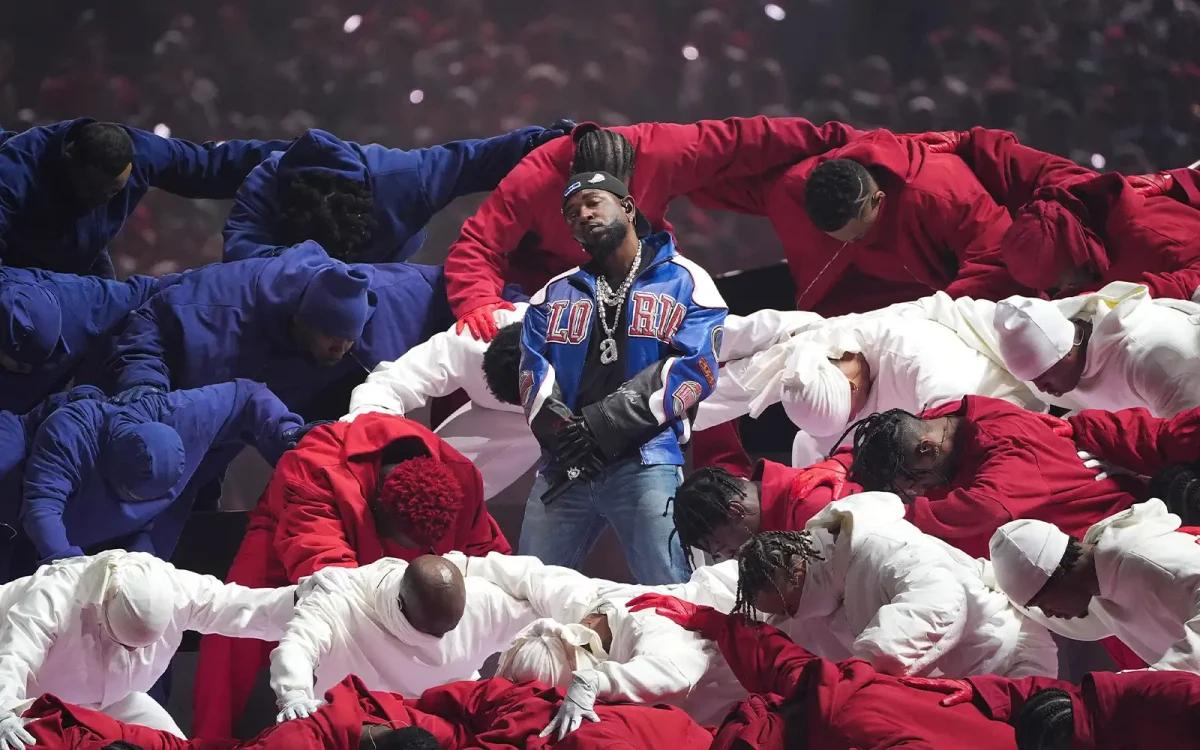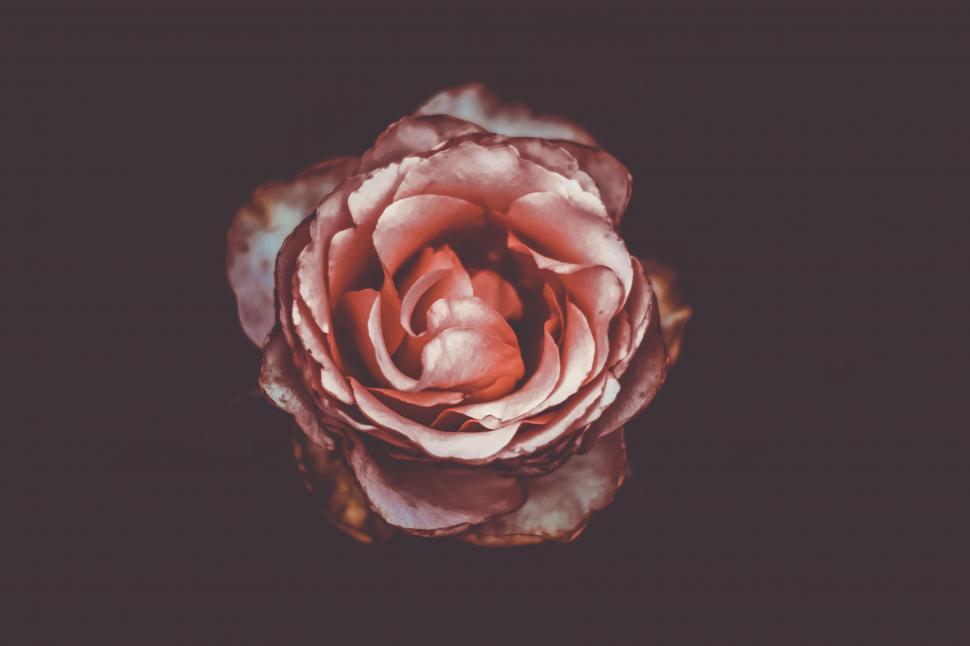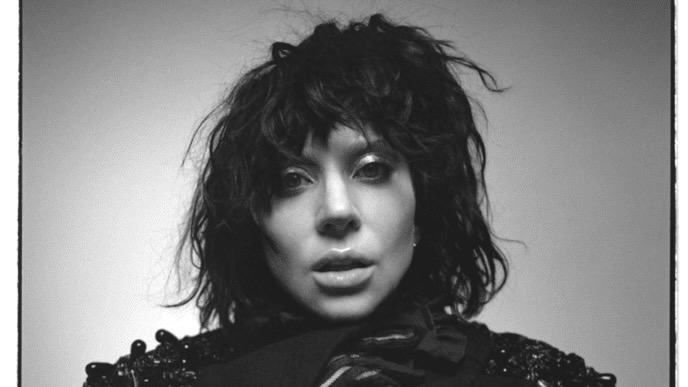As March 21 edges closer and closer, students tend to see, and try on, a plethora of dresses for events such as prom, award nights like M night, and other senior occasions such as starlight dinner and summa reception. However, Thursday Feb. 26, one dress was at the front of everyones mind.
‘The dress’ controversy, as it is commonly referred to, originated from singer Caitlin McNeill when she posted a picture of the dress she received through a text message from her mom. Disagreements over whether the dress is white and gold or blue and black broke out instantly between her and her friends, prompting her to post the picture on tumblr with a plea for answers.
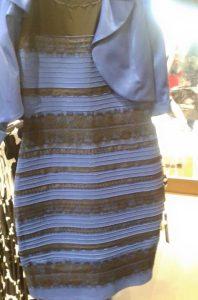
The post spread to social media sites like Buzzfeed in a matter of hours and had everyone questioning color, light perception of eyes, and for some, even sanity.
“[People who see blue and black], they’re crazy,” junior Hannah Feuerbacher said. “I’m not crazy, it’s white and gold.
While jokes have been cracked, pictures edited to change light exposure, and the dress even making a few appearances on news channels, there is a correct answer to the debates occurring all over the internet and the world.
The dress is in fact blue and black. Pictures were later posted of the dress as it was being worn, and a few individuals set out to fix the task of the glare in the mirror behind the dress that fueled the white and gold misperception. These individuals then edited the picture to change the exposure and show the true color of the dress.
“I see it as blue and black,” senior Zoe Williamson said. “[I see it that way] because the cones of my eyes were made that way.”

Williamson’s mention of cones is precisely why some people see the dress as white and gold.
Inside the structure of eyeballs, there are tiny cones that persist in the midst of all the tissues and facets of human eyes. The cone, existing within our retinas as a thin layer of nerve tissue in the back of eyes, perceives the colors red, green, and blue. The cone then works with the brain to mix colors and create the vast expense of colors we see in everyday life. (Check CNN news for more information about how humans see different colors and quotes from an ophthalmologist-in-chief.)
“I see [black and blue] because that’s what my brain tells me,” junior Alyssah Ramos-Luna said. “I [think] so many other people see white and gold because of the pixel quality of the picture and the lighting in the background.”
These cones, and all senses of individuals are fine tuned to the set individual. We see the dress as a different color than peers for the same reason some people like foods and others do not.
Lighting can also manipulate how we see the dress. The light reflecting in the mirror distracts the eye from focusing on the true color of the dress. In relationship to the light from the picture, from a computer monitor, from any other background or brightness, eyes can be forced to see something that isn’t there. (Check BBC news for more information about the differences we see due to light sources and quotes from an professor of neuroscience at University College London.)
“[People see the dress as white and gold] probably because of the lighting and [angle] of the picture,” senior Erin Schroeder said. “I don’t know honestly, but it’s kind of [weird].”
Despite the scientific evidence about why we see different colors, a few teachers around Mac have showed their students the pictures and let them debate. Even without teacher prompting, Friday Feb. 27, students have argued before class, during passing period, and whenever possible to see who sees which colors.
“[To those that see white and gold] it’s not their fault,” Williamson said. “It’s how they see it. They were made that way.”






